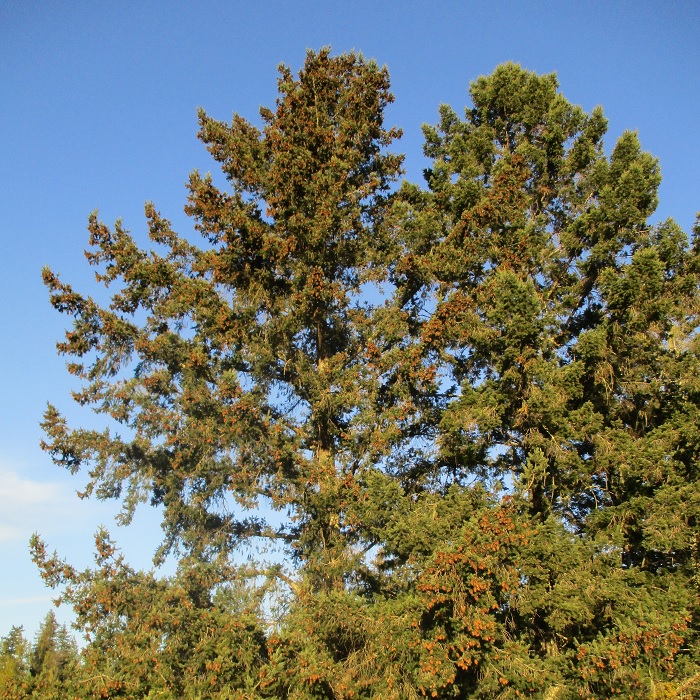UNITED STATES—After all the Christmas decorations get put away for next year, and the Christmas tree eventually gets undressed from all its ornaments, and retired to the compost pile or greenwaste, all the pretty seasonal potted plants remain. Some will bloom, or at least maintain their current bloom, for months. Some might eventually get planted out in the garden. Others might stay potted in the home.
Poinsettias are the epitome of seasonal potted plants for Christmas. Their flashy red bracts last a very long time, even after the tiny yellow flowers are gone. Some are pink, white, pale yellow, peachy, marbled or spotted. They can be grown as foliar houseplants, but will not likely bloom next Christmas. If protected from frost in the garden, they get tall and lanky, and bloom in January.
Christmas cactus is an excellent potted plant either indoors or out where protected from frost. The pendulous growth cascades nicely from a hanging pot. It blooms in phases, but does not stick to a tight schedule. Amaryllis should also stay potted only because it does not do well in the garden over winter. Foliage that develops after bloom will die back next autumn before bloom next winter.
Holly and azalea can be planted directly into the garden where appropriate. Azalea will probably look shabby until it gets new growth. Cyclamen is a perennial in the garden, but dies back over summer. It just might come back with a surprise in autumn. Paperwhite narcissus is perennial too, but exhausts its resources on bloom, so takes a year or more to recover before blooming again.
Small living Christmas trees are more variable than they seem. Rosemary can either be kept potted and shorn, or planted into the garden and allowed to grow wild or into another form. Dwarf Alberta spruce can likewise stay potted or get planted into the garden, but needs no shearing. Both rosemary and dwarf Alberta spruce will want larger pots as they grow. Italian stone pine and Canary Island pine grow into large shady trees, so should only be planted into spacious landscapes that can accommodate them.
Highlight: Douglas fir
Even those of us who live nowhere near its natural range live closer to Douglas fir, Pseudotsuga menziesii, than we realize. Most of our homes are constructed from Douglas fir lumber. Although very uncommon in landscaped gardens, Douglas fir is the most popular Christmas tree here. Trees introduced for timber have naturalized in parts of Europe, Argentina, Chile and New Zealand.
It is such a grand evergreen conifer that Oregon designated it as the state tree. The tallest trees in the wild are more than 300 hundred feet tall! Trees that do not compete within a forest do not get even a quarter as tall. The flattened needles are less than an inch and a half long, and arranged on opposite sides of the stems. Light brown female cones with jagged bracts hang downward.
Douglas fir is a native of the West Coast between about the middle of British Columbia to the North, and the Santa Lucia Mountains and the Northern Sierra Nevada to the South, with a few small colonies beyond. Rocky Mountain Douglas fir is another variety from farther inland. Because it is so big and structurally deficient, Douglas fir is almost never planted into landscapes intentionally.
Horticulturist Tony Tomeo can be contacted at tonytomeo.wordpress.com.






